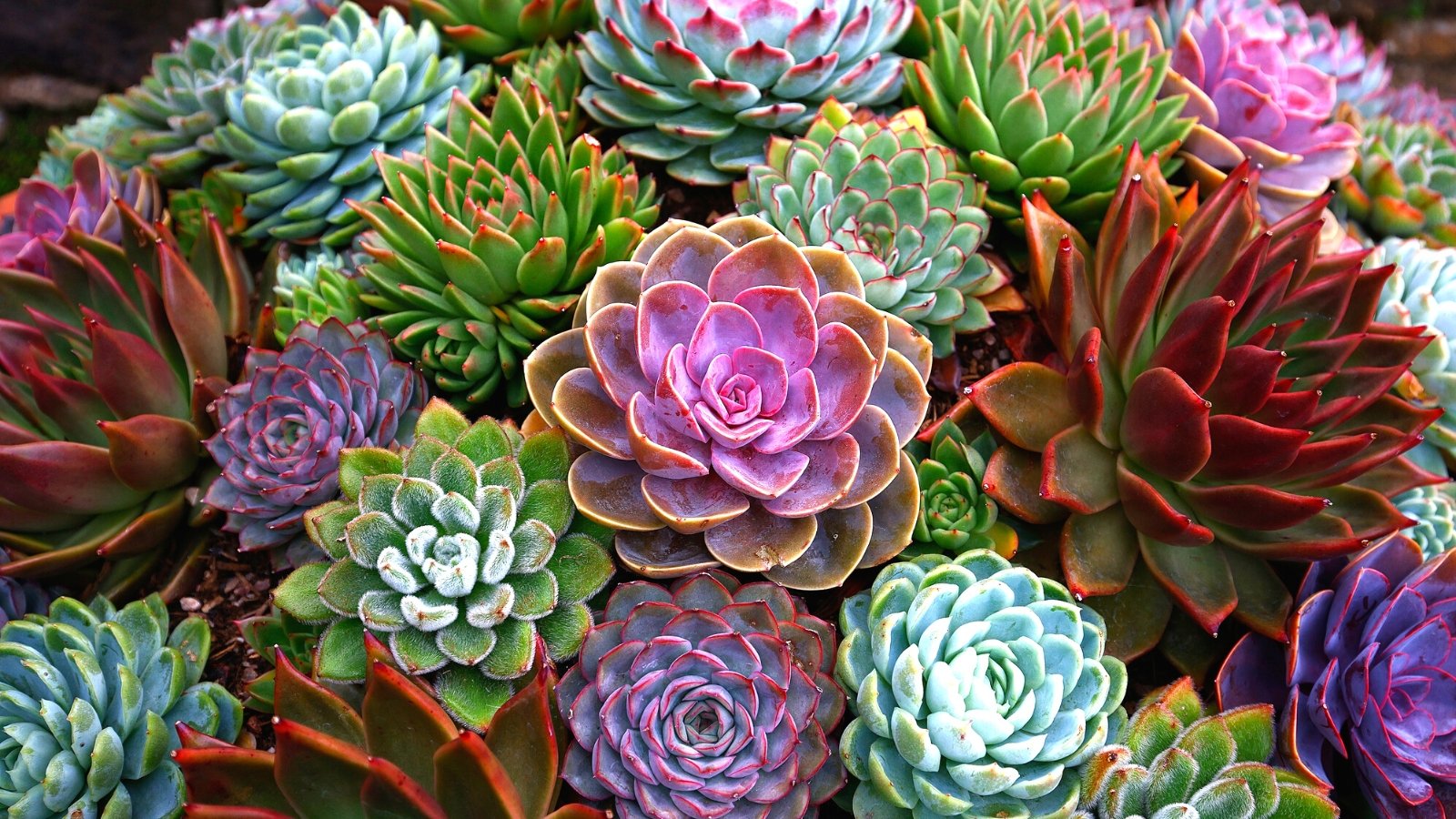[ad_1]
For many who’re fearful about retaining tropical houseplants spherical your pets, succulents are a terrific totally different.
Many species are non-toxic to cats and canines and embody an prolonged document of various benefits, significantly of their ease of care. There are a selection of toxic species to watch out for and avoid within the occasion that they’re inside attain of any furry mates, nevertheless most are completely safe.
I do advocate retaining crops out of attain of pets anyway (even after they’re safe), as you don’t must clear up any soil spills or see chew marks in your invaluable crops. Nonetheless retaining these pet-safe succulents means you gained’t need to fret about any sudden journeys to the vet.
Succulents Safe For Pets
Numerous the modern succulent groups are thought-about safe for pets. You don’t want any unintended chew marks for aesthetic causes, nevertheless you gained’t should rush to the vet whenever you spot any.
Echeveria


Echeverias are the quintessential succulent, that features plump leaves, tight rosettes, and quite a lot of beautiful colors. As they don’t tolerate chilly properly, they’re sometimes grown indoors for protection, the place they may stand up shut and personal with all your furry mates.
Luckily, these crops are thought-about non-toxic to pets and safe to take care of spherical your own home. This gained’t stop prying paws from knocking pots over, though, so I wish to suggest retaining them out of attain anyway.
Sempervivum
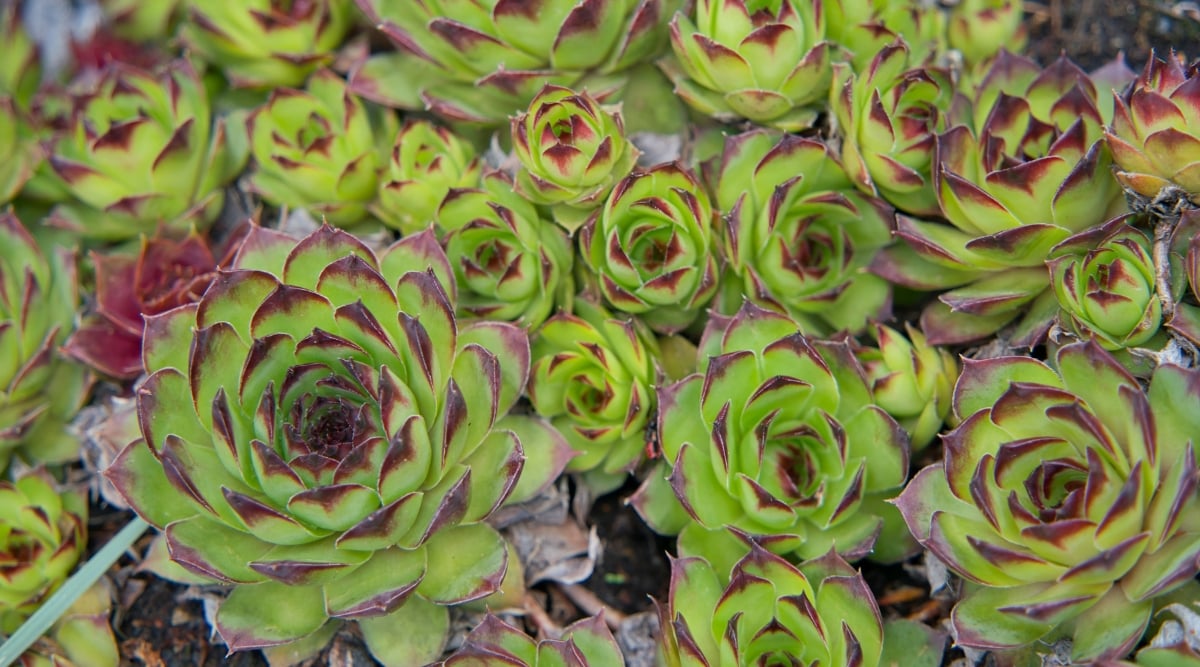

Sempervivums have an an identical building to echeverias nevertheless with far more leaves packed tightly collectively and sticking low to the soil. They’re typically typically referred to as hens and chicks after the tiny offsets that pop up correct subsequent to the precept plant.
Sempervivums are safe to take care of spherical your pets indoors. You want a sunny windowsill with a great deal of direct photo voltaic if you need them to maintain up their type and strong progress.
Haworthiopsis
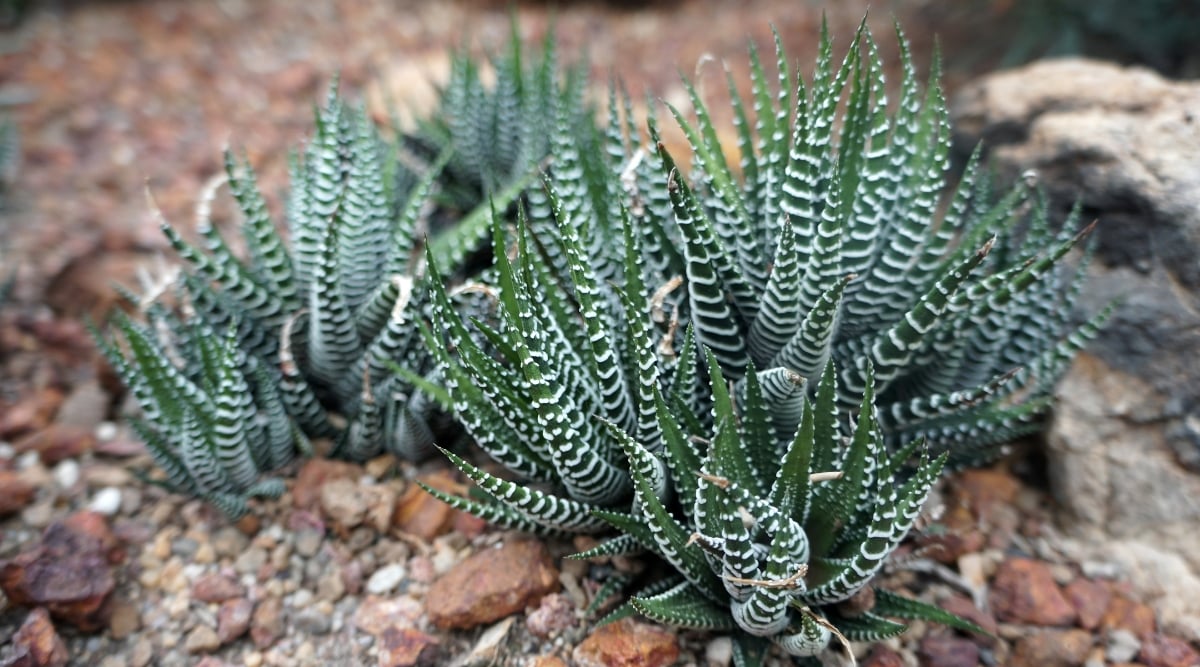

You’ll perhaps acknowledge the species Haworthiopsis fasciata by its extraordinarily descriptive frequent determine, zebra plant. This modern succulent is often grown indoors attributable to its tolerance of lower gentle and delightful striped leaves.
The one ‘hazard’ this plant poses to your pets is the pointed leaves, as a result of the plant itself is taken under consideration non-toxic. They’re moreover a terrific pet-safe substitute for toxic aloes as they’ve an an identical type and progress conduct, merely with a smaller measurement.
Sedum
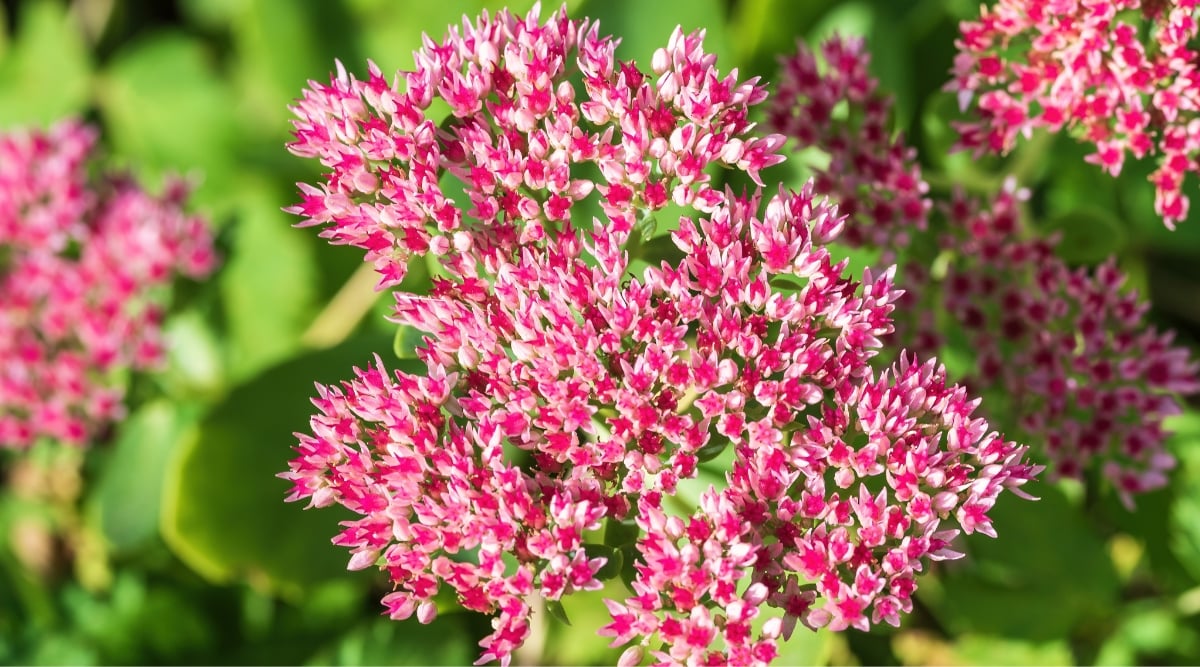

There are tons of of assorted sedum species to pick from, with lush succulent leaves and glossy flowers. A few of the modern for indoor progress is Sedum morganianum, typically typically referred to as burro’s tail.
This species, and all totally different sedums, are non-toxic to pets. Many are safe for human consumption in small portions and are acknowledged to have a bitter or peppery style. On a regular basis be certain of species ID and study with an expert sooner than consuming.
Aeonium


Aeoniums are ideally suited succulents for these needing a pop of shade indoors. Whether or not or not you go for the goth yard staple ‘Zwartkop’ or a striped cultivar like ‘Pink Witch,’ these succulents certainly not disappoint. And there is not any need to fret about retaining them in your own home as they’re safe for pets, too.
In the event you want to perform probably the greatest of their shade, daylight is necessary. Choose a south-facing window with a great deal of direct photo voltaic for the brightest doable hues.
Lithops


Lithops are typically typically referred to as dwelling stones for his or her plump and rounded leaves that keep principally underground. These distinctive crops are one of many important low-maintenance succulents you might discover, accustomed to surviving harsh environments and needing little or no consideration to thrive.
Lithops are non-toxic to cats and canines. In precise reality, they’re so small and inconspicuous that your pets perhaps gained’t uncover them anyway.
Christmas Cactus


Christmas cactus is a trip staple well-known for its early winter flowering time, brightening our homes with blooms throughout the festive season. These succulents moreover make nice houseplants when not in flower for the rest of the 12 months, with succulent leaves cascading down the sides of containers.
Every the leaves and sought-after flowers of Christmas cactus are non-toxic to pets, making them worry-free dwelling décor over December.
Graptopetalum


Graptopetalums are typically typically referred to as ghost crops, sometimes sporting a ghostly pale purple or blue hue inside the leaves. These succulents moreover sort compact rosettes that match properly with Echeveria and Sempervivum in containers.
All graptopetalum species are safe to take care of spherical pets in your own home. They will develop to be leggy in low gentle, so ensure you preserve them in entrance of a sunny window and away from areas the place they may get knocked over.
Portulacaria


Portulacaria can be known as elephant bush or elephant’s meals, giving an indication of their non-toxicity. These shrubby succulents can tolerate lower gentle than some others and produce a great deal of branches dotted with cute leaves.
Portulacaria is not going to be solely non-toxic to pets however as well as non-toxic to folks. I’ve an enormous Portulacaria afra bush in my yard and often pop the leaves onto salads or in smoothies for his or her dietary benefits.
Gasteria


Gasteria are a lot much less frequent than the sooner entries on this document, ideally fitted to avid succulent collectors looking out for one factor additional distinctive. The species with paddle-shaped succulent leaves are a personal favorite, similar to the lovable Gasteria glomerata typically typically referred to as ox tongue.
Gasteria are non-toxic to pets nevertheless can invite some undesirable nibbling. If in case you’ve gotten a rarer species that’s highly effective to hunt out, make sure you preserve it away out of your pets to forestall any accidents.
Toxic Vegetation To Stay away from
Whereas most succulents are safe to take care of spherical pets, there are a variety of which might be greater averted.
Aloe
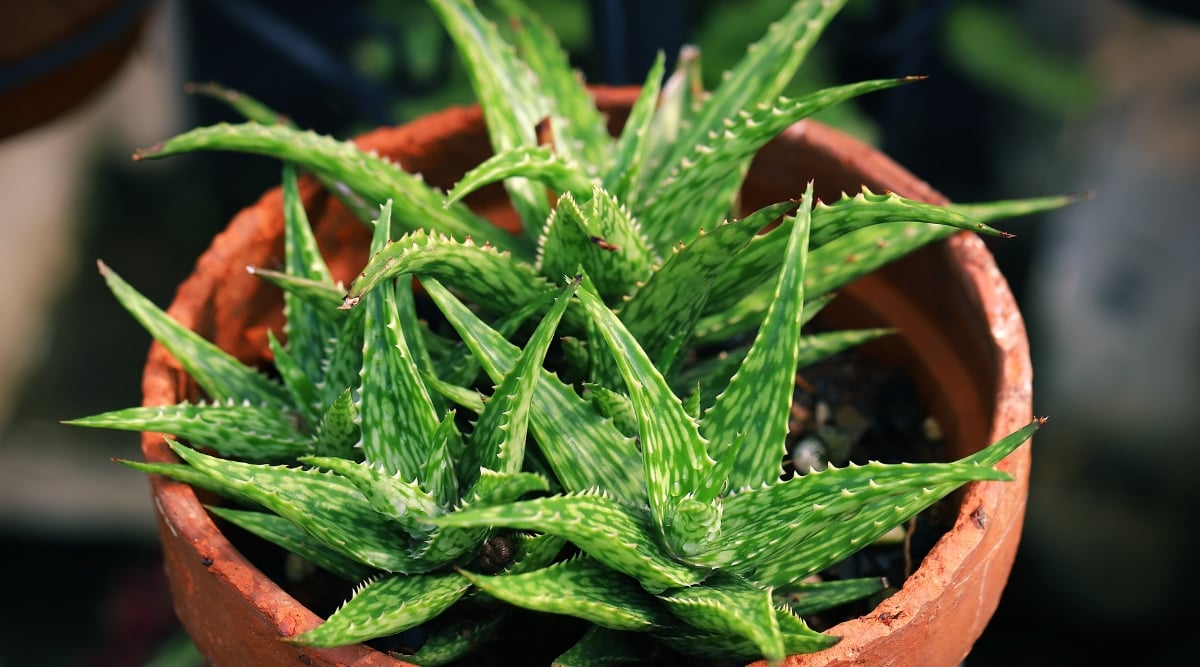

Aloe vera is often saved as a houseplant, acknowledged for its medicinal benefits and use in magnificence merchandise. Sadly, the spikes aren’t the one state of affairs you’ll have retaining this plant spherical your pets.
Aloe vera is taken under consideration toxic to pets, containing anthraquinone glycosides that can result in vomiting and diarrhea or additional essential indicators. The toxicity is taken under consideration light to common, nevertheless it’s best to stay on the safe side and preserve these crops away.
Kalanchoe


Kalanchoe are appreciated for his or her tolerance of lower gentle and their means to flower prolifically indoors. Vibrant blooms of pink, orange, pink, and yellow appear all 12 months lengthy in the most effective conditions, together with a pop of shade to your own home.
Kalanchoe blossfeldiana and totally different frequent species is not going to be pet-safe succulents, resulting in gastrointestinal irritation if ingested. Larger portions can have a greater harmful impression, nevertheless excessive indicators are unusual.
Senecio


Vegetation inside the Senecio genus are typically typically referred to as string succulents, along with cute names like string of bananas and string of dolphins. Nonetheless, as cute as these trailing crops are, it’s essential to preserve them out of attain of curious paws.
Ingestion of Senecio species can lead to stomach upset and lethargy in cats and canines. One among many greatest strategies to take care of them out of harm’s technique is to carry your string succulents in baskets and trim the vines as quickly as they start to get too prolonged.
Crassula


There are tons of of species inside the Crassula genus, nevertheless none is additional modern amongst houseplant lovers than Crassula ovata. Typically typically referred to as jade plant, this succulent is resilient and tolerant of quite a lot of numerous conditions, making it ideally fitted to newcomers.
As modern as a result of the jade plant is, it’s best to keep away from pets, notably canines. Ingestion can lead to gastrointestinal indicators and lethargy.
Agave


Agave crops are often greater succulents planted in beds considerably than saved in containers. Nonetheless whenever you do have a smaller species you’re rising indoors, it must be properly out of attain of your pets.
These crops embody calcium oxalate crystals that set off irritation when ingested. For many who uncover your pets pawing at their face or having drawback swallowing, study your agaves for chew marks. Keep them out of attain by placing them on a greater shelf, or choose a pet-safe totally different instead.
Sansevieria


Sansevieria (now part of the Dracaena genus) is the go-to houseplant for newcomers, so highly effective it is sometimes thought-about practically unattainable to kill. They’re typically typically referred to as snake crops or mother-in-law’s tongue for the pointed and elongated leaves.
Snake crops embody saponins that set off light to common indicators when ingested, along with nausea, vomiting, and diarrhea. Use these methods to take care of your pets away, or go for a safer totally different instead.
Euphorbia


Euphorbia is not going to be the most typical succulent genus grown indoors. Nonetheless, there are a variety of species, like Euphorbia trigona or Euphorbia milii that you will have thought-about together with to your assortment. Poinsettias are moreover part of this genus, with the scientific determine Euphorbia pulcherrima.
These crops embody a milky sap that is toxic to pets when ingested. Plenty of species even have spikes which will end in irritation. Keep these crops properly out of attain to avoid interaction.
Final Concepts
For many who’re looking for to fill your own home with pet-safe crops, succulents are a terrific alternative. There are so many nice species to pick from, nevertheless make sure you avoid the few toxic species.
[ad_2]
Provide hyperlink
